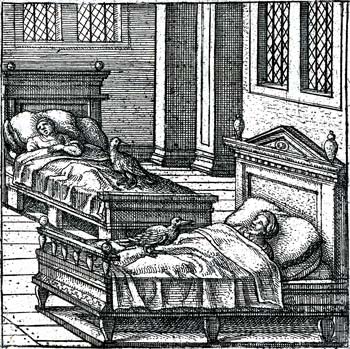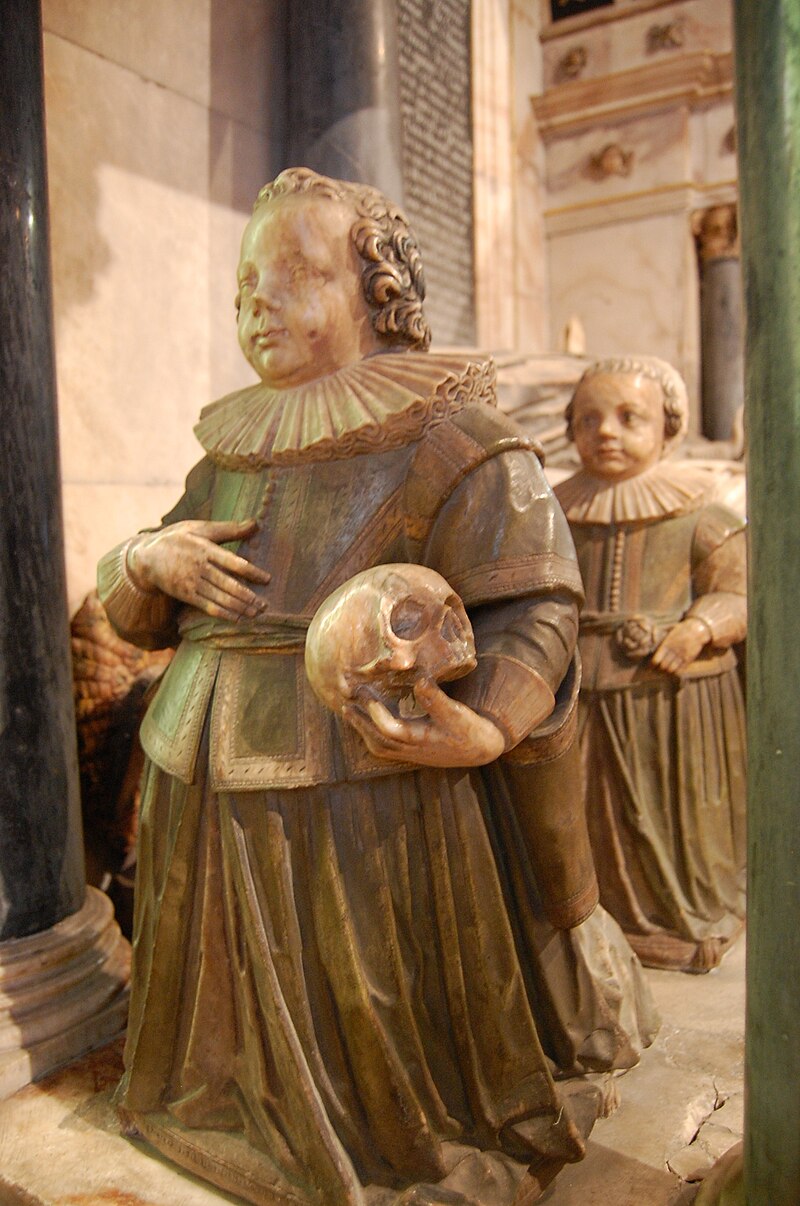Caladrius

In Roman mythology, the caladrius is depicted as a pure white bird dwelling in royal households. This remarkable creature possesses the extraordinary ability to absorb illness from the sick, then fly away to disperse and neutralize the disease, thereby healing both itself and the afflicted person. The legend of the caladrius became a significant component of medieval bestiaries, where it was reinterpreted through a Christian symbolic framework.
Scholars have proposed that this mythical bird may have been inspired by an actual species. Its description as completely white without any black markings suggests possible connections to doves or certain water birds like herons. According to noted art historian Louis Réau, the most likely real-world counterpart was the white plover.
Medieval texts emphasized the caladrius's prophetic abilities regarding a patient's recovery. The bird's behavior served as a diagnostic tool: if it gazed directly at a sick person, this indicated survival; if it looked away, death was imminent. This folklore aligned with the belief that the caladrius could draw illness into itself through its gaze before ascending toward the sun, where the disease would be consumed by celestial fire.
Christian interpretations transformed the caladrius into a symbol of Christ, its unblemished white plumage representing perfect purity untainted by sin. The bird's selective attention illustrated divine judgment—turning away from unrepentant sinners while facing and healing the faithful. This allegory was sometimes extended into a religious commentary describing how Christ, like the caladrius, turned from disbelieving Jews toward receptive Gentiles, taking their sins to be purified through crucifixion.


